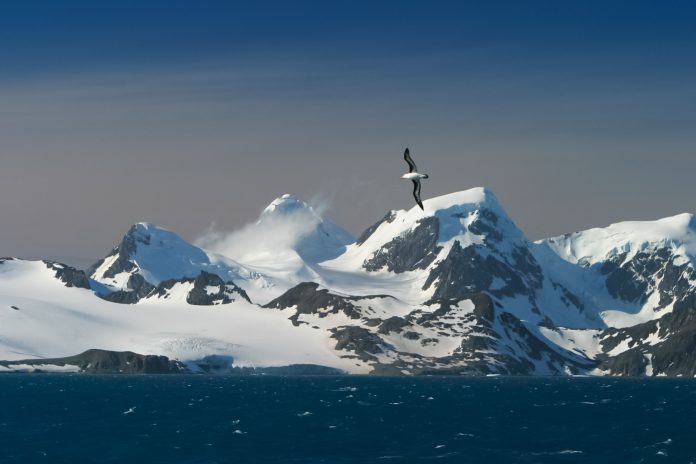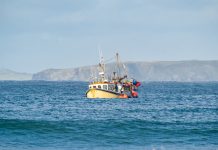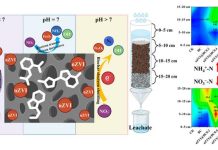New research led by scientists at Northumbria University suggests that changes occurring in Antarctica could play a surprising role in supporting Earth’s natural ability to absorb carbon dioxide
As ice sheets in East Antarctica thin due to climate warming, newly exposed mountain peaks are revealing nutrient-rich rocks that may enhance the Southern Ocean’s capacity to draw carbon from the atmosphere.
Published in Nature Communications, the study highlights how nunataks could become more critical over long timescales.
Hidden nutrient sources found
The research team included experts in oceanography, ice sheets modelling, and geochemistry, and analysed sediment samples from the Sør Rondane Mountains in East Antarctica.
These rocky peaks (nunataks) rise above the surrounding ice and undergo weathering despite the region’s frigid temperatures. Dark rock surfaces can warm significantly under the summer sun, allowing chemical processes to break down the rock and release nutrients.
Among the most significant findings is the discovery that exposed rocks contain iron concentrations far higher than previously measured in Antarctica. This iron becomes incorporated into sediments that are eventually transported by glaciers and icebergs toward the Southern Ocean.
Iron is a critical nutrient for phytoplankton, the microscopic organisms that form the foundation of marine food webs. When supplied with enough iron, phytoplankton can bloom across large stretches of ocean, absorbing carbon dioxide through photosynthesis and helping regulate the planet’s climate.
A natural delivery system to the Southern Ocean
Satellite observations already show recurring phytoplankton blooms near glacier outlets in the study region, supporting the idea that this nutrient supply is biologically significant.
Sediments from nunataks were found to contain more than three times the amount of extractable iron as material already moving through glacier systems. Some rust-stained rocks were particularly rich in bioavailable iron, indicating that weathering on exposed surfaces creates especially potent nutrient sources.
Although these processes unfold slowly, evidence from seafloor sediments shows that iron-rich material has been reaching the coast for thousands of years. As glaciers thin and more bedrock is exposed, scientists anticipate that the supply of iron to the ocean will increase over time.
A slow but important climate mechanism
While the discovery is promising, the researchers emphasise that the benefits unfold over extremely long periods. Ice-flow modelling shows that iron-rich sediments collected in mountain regions may take 10,000 to 100,000 years to reach the coast. The mechanism has been in operation for millennia and will likely intensify as Antarctica continues to change.
The study identifies several trends that could increase iron delivery in the future. More mountain peaks will become exposed as ice melts. Rockfalls and slope failures will deliver additional sediment to glacier surfaces. Weathering will accelerate on newly exposed rock. Icebergs will continue distributing iron-rich material across large areas of the Southern Ocean.
The findings show the connections between Antarctica’s landscape, the surrounding ocean, and the global carbon cycle. Although this natural iron supply will not counteract climate change on timescales relevant to human society, it offers valuable insight into how Earth’s systems respond to long-term environmental shifts.











